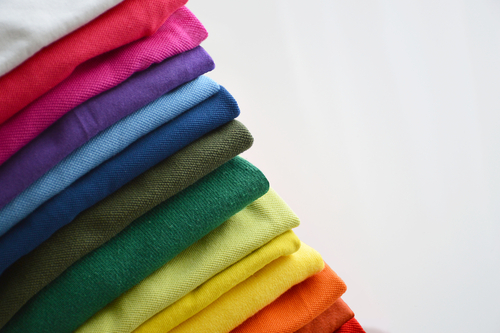
Types Of Natural Fibers
Textiles are woven from either synthetic fiber or natural fiber. Natural fibers are generally obtained from animal sources (silk, hair, and wool), and from vegetable sources (flax, hemp, and cotton). Even though synthetic fibers have undergone huge development since the late nineteenth century, most textile manufacturers go for natural fibers for its popularity, demand, and appeal. Given below are some of the main types of natural fibers in the textile industry.
Animal Source Fibers
Silk: It is an insect fiber derived from silkworm’s cocoon filament. Although silk is light sensitive, it is a very strong fiber. Like wool, silk also absorbs dyes readily, but when compared to wool, the silk fiber may break down faster when it is exposed to ultraviolet lights. Besides, as it is a protein, it can get easily affected by inorganic acids and alkalis.
Wool: Sheep are the main source of wool for textile production. Wool contains a protein known as keratin that is made of amino acids, and it contains three to four percent of sulfur. These amino acids help wool to absorb more amount of moisture and make it capable of accepting dyes more easily. However, wool is generally considered a weak fiber as it can deteriorate when it becomes wet.
Vegetable Source Fibers
Linen: Linen fiber is obtained from flax branches and stalks. These fibers lie very close together and hence are more durable. Due to their cellular content, linen fibers can tolerate moderate alkaline conditions, but they do not readily absorb dye. Therefore, they are usually seen in an unbleached or bleached white state.
Cotton: Cotton fiber is derived from cottonseed lint. Even though cotton fiber cannot absorb moisture and can be affected by acids, it can survive sensible alkaline conditions. The main advantage of cotton is that it can absorb dyes very well and can be easily colored as per the needs of the manufacturer. Cotton fiber is usually spun in a clockwise twist known as the ‘Z’ twist.
Deteriorating Agents
Almost all textiles may get deteriorated by insects, lights, air pollution, and microorganisms, thereby leading to loss of pliability and tensile strength. However, the following factors are known to affect natural fibers the most.
- Organic: Organic textiles, especially animal source fibers, are very prone to attack by bacteria, molds, and mildew.
- Physical: Exposing textiles to ultraviolet radiations can cause tendering, whereas excessive heat may cause desiccation.
- Chemical: When textiles are exposed to gases from paints or adhesives, it can cause tendering of the fabric.

